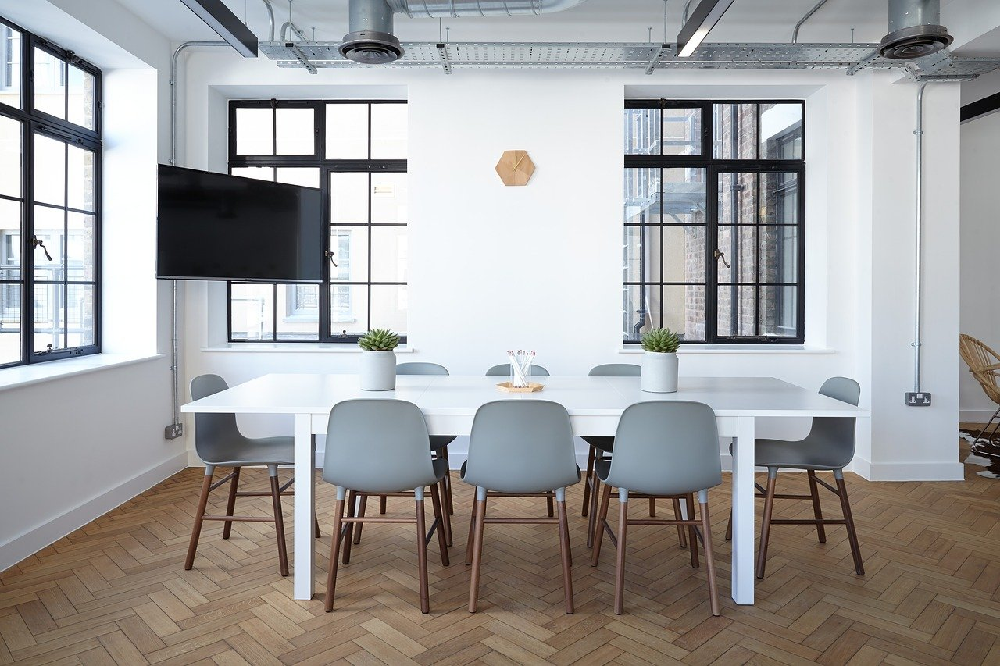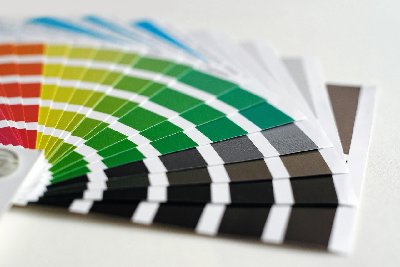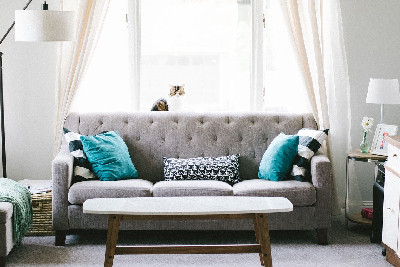Offices are challenging to decorate since many aspects of their design can affect your productivity. Our tips will help you adjust the choice of colours, materials, and space arrangement to your needs.
The office spaces require a particular approach when it comes to painting and decorating. Each room should be painted and decorated in a functional way - that is the fundamental law of house restoration. That is why, for example, it is essential to choose easily washable and humidity-resistant materials for the kitchen floor, walls, and furniture. For the same reason, the bedroom should not be painted with energizing colours like orange or red since they may affect the comfort of sleep.
When it comes to the office, thorough planning is essential due to the function of the space. It should create favourable conditions for productive work - and that is relative. That is why, instead of relying on general rules, you should think about your habits and preferences first. How to paint and decorate your office?
#1 Plan smart!
As we have already mentioned, when arranging the office space, you should focus on your needs and customs instead of following trends or general advice. To begin with, ask yourself:
- When are your most productive hours of the day?
- Are you a night owl or an early bird?
- What kind of environment makes you work 100%?
- What distracts you? Do you need a minimalist design to work productively, or rather the opposite?
The answers will serve you as a hint and help with choosing the right paint, furniture, and decoration.
#2 Consider the natural light
Natural light can be the best ally and the worst enemy of productive work. On one side, the lack of it may affect your well-being and the state of your wallet. Working in an underexposed spot may leave you with headaches and affect your sight negatively. At the same time, such conditions may force you to use artificial light most of the day. That means higher bills. On the other hand, overexposed spaces may affect your comfort, especially in the summer. Being hot and blinded by the light, you can forget about high productivity. How to solve that dilemma? Observe how the natural light distributes itself in the room throughout the day and choose a spot for your desk that gets the dispersed light during most of the daytime.

#3 Think about privacy and soundproofing
The popularity of remote work has forced many employees to create improvised offices in their home spaces. Sometimes, it works just fine to insert a glass or wooden division to create an office corner that provides you with a little privacy. However, some professions are more demanding in these terms. If you have many meetings throughout the day, we recommend creating a separate space. You can also use glass partition walls for this purpose. They make the room look large and do not disrupt the natural light flow. Just choose one corner of the room and surround it with such walls from both sides. You can also add soundproofing panels for better effect.
#4 Choose the right colors
Since you need the energy to be productive, the intuition could tell you that the intense warm colours will fit the office space the best - but that is far from true. The reason is that the same colours can make you feel irritated or even distracted. Discreet shades are the best choice for the office. All kinds of beiges, pale green, pale yellow, bright browns - these are the colours we would recommend.
#5 Don't limit yourself with the lighting
First of all, you will need a well-thought desk lamp. We recommend getting at least one adjustable standing lamp (with functions of changing light temperature and intensity) and a few little lamps that you can attach to the shelves, or the wall distributed around the desk space. Add the standing lamps as well for extra cosiness. And remember - contrary to the common conviction, the cold light does not create favourable conditions for working. The best is to look for neutral white bulbs. Energy-saving LEDs may be an excellent choice, but always put the quality of the light first.






